The presiding deity is Sri Veda Narayana Perumal. This temple is called Mathsya Avataara Sthalam as Lord here is seen in Mathsya Avatar, which is the first and foremost avatar among 10 avatars of Lord Vishnu.
Shrine’s History
According to Purana’s, the history of Sri Veda Narayanaswamy Temple goes as far as the beginnings of the Universe. According to legends, this is the place where Lord Vishnu took the form of a fish to go underwater and retrieve the Vedas after defeating the demon Somaka or Somakudu. Afterwards, the Lord Matsya rests here, along with goddesses Sridevi and Bhudevi. Matsya, blessing the people for the rest of the eternity. Here the Lord takes the Stature of Dushta Nirvahana with the Sudarshana Chakra in prayoga. The temple is thronged by thousands of devotees every day, seeking blessings to face and succeeding in the challenges in their lives. Sri Veda Narayanaswamy is also a relief from the dosha’s concerning financial and vastu bad effects. It is also well renowned for relief from skin diseases.
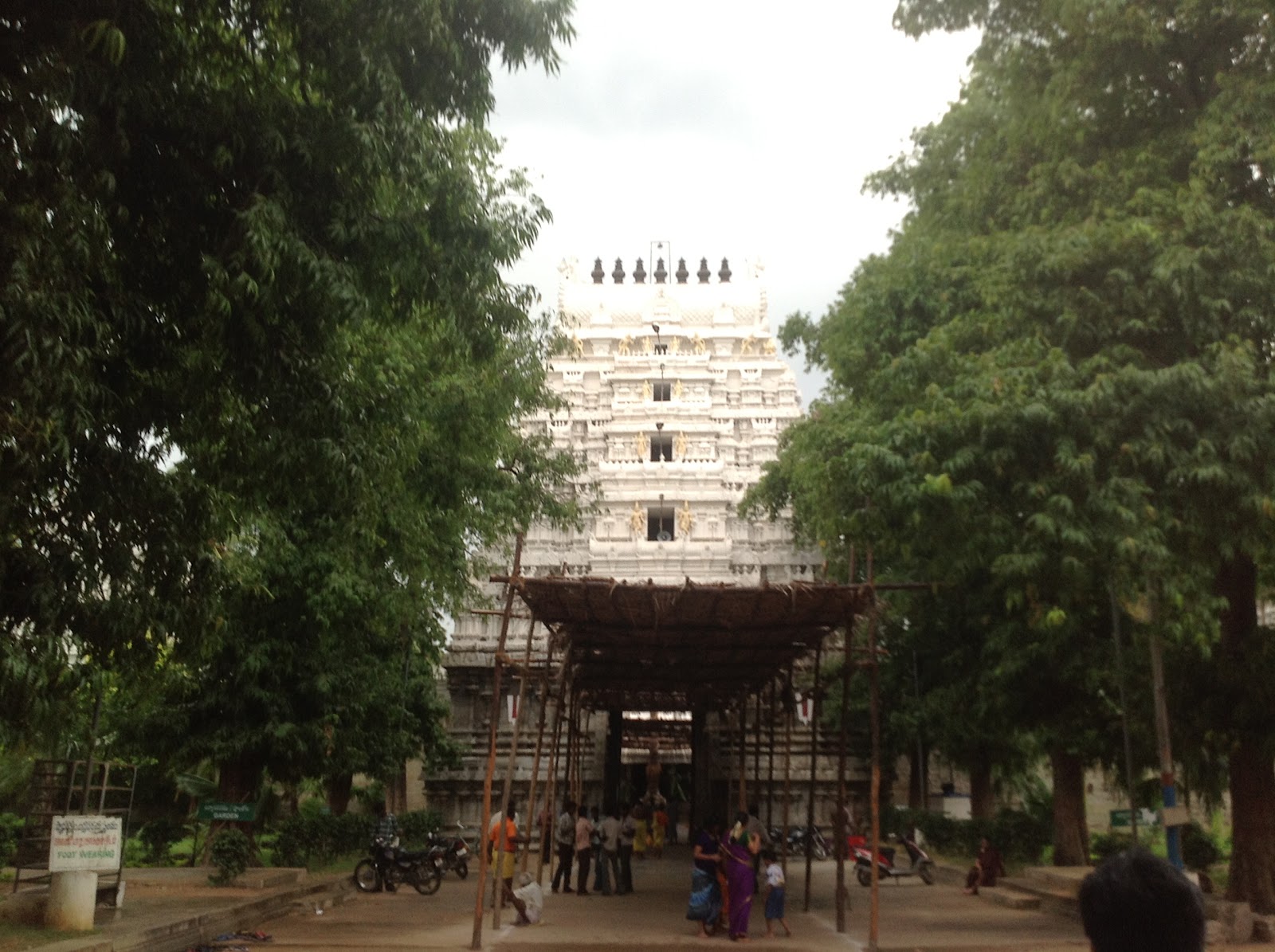

Shrine’s Map Location and How to Go There
By Road
Sri Veda Narayana Swamy temple Nagalapuram is at a distance of 70 Km from Tirupati.A.P.S.R.T.C runs direct buses to Sri Veda Narayana Swamy temple naga la Puram.If not the direct bus, then any bus which goes to Picchatur/ Uthukottai/Chennai goes via Sri Vedanarayana Swamy Temple Nagalapuram.
By Rail
The nearest railway station is Tiruvallur railway station
By Air
The nearest airport is Tirupathi.
Shrine Timings
5:00 AM to 8:00 PM
Events Celebrated at This Shrine
Among the highlights of the temple is the Sun Gods reverence towards the Lord Vishnu. During the three days of every month, the sunlight directly reaches the idol passing through the high temple architecture.
During every Hindu calendar year, the sunlight falls on the chest during Trayodasi day, on the forehead during the Chaturdasi day, and at the feet during the day of Dwadashi month. Another auspicious occasion is the Suryas Pooja to Lord, which happens annually on Sukla Dwadasi, Trayodasi and Chathurdasi days of Tamil month Panguni. This typically occurs during the last week of every March.
There are special Pooja’s and festivals occurring throughout the year. This includes Vaikunta Ekadasi, Andal Neeratotsavam, Bhogi, Sankranti, Kanumu, Rathasapthami and Kanchi Garuda Seva.
The annual Bramhostavam is conducted with great importance in a festive atmosphere. It is conducted along with the Float festival, conducted on the 12th, 13th and 14th days of the month of Phalguna.
The other important adherence comes as the Arjitha Kalyanotsavam. You can also serve Abhishekam for the Goddess on Fridays, Vedanarayanaswamy on Fridays and Bhakta Anjaneyaswamy on Sunday.

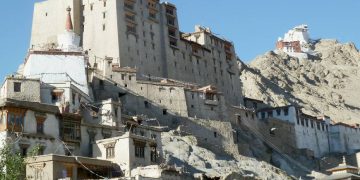

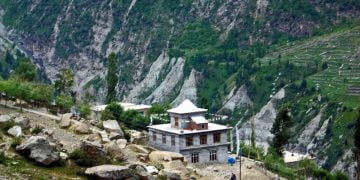
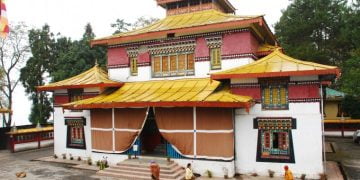

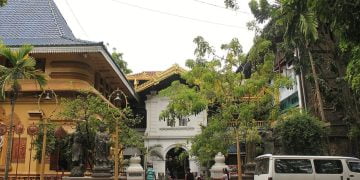
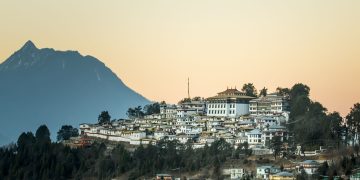
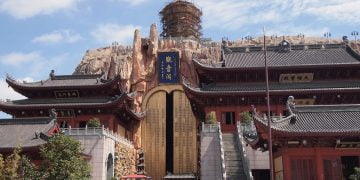
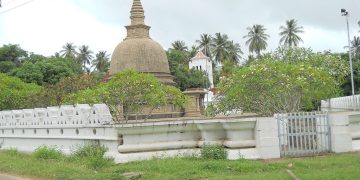
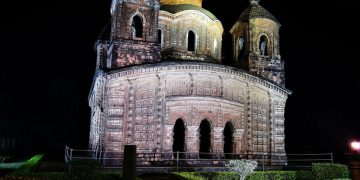
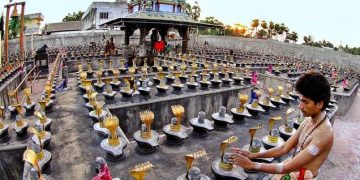

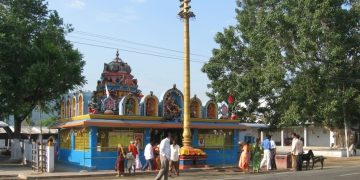
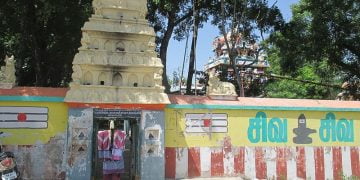
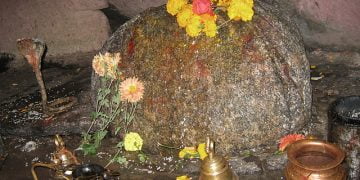
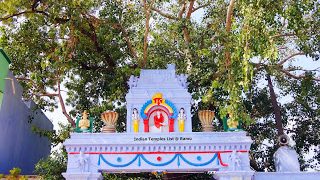
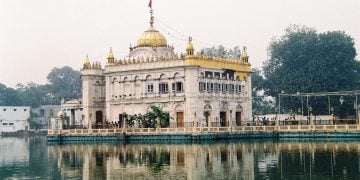
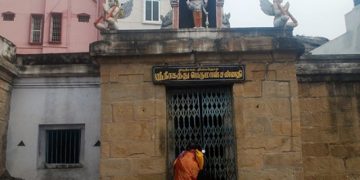
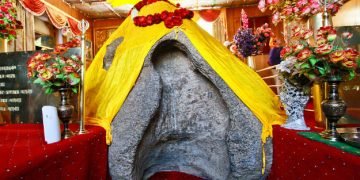
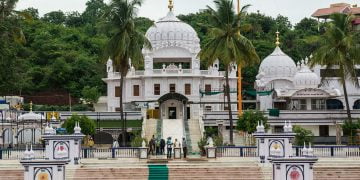

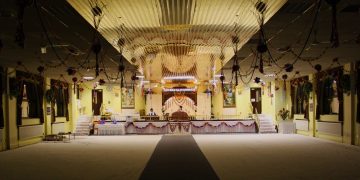
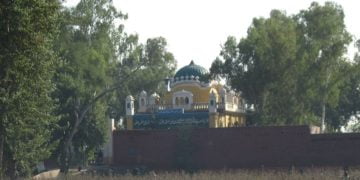
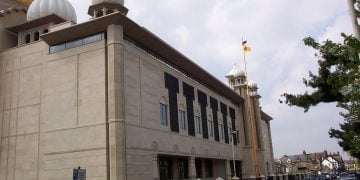

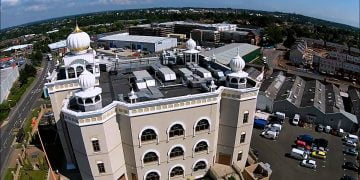
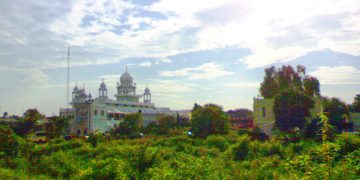
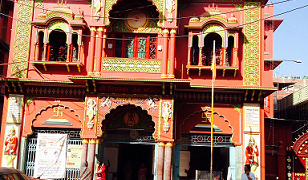
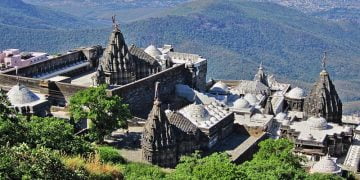
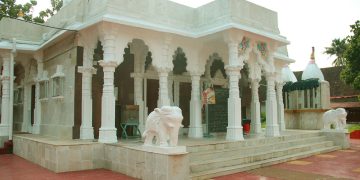
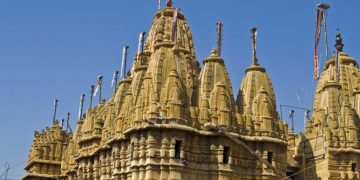
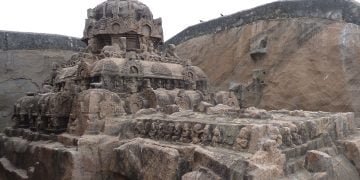
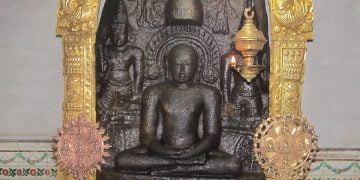
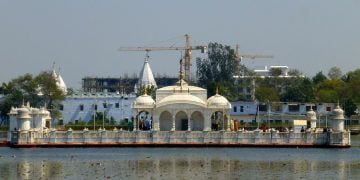

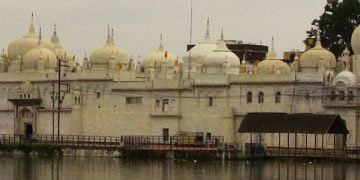

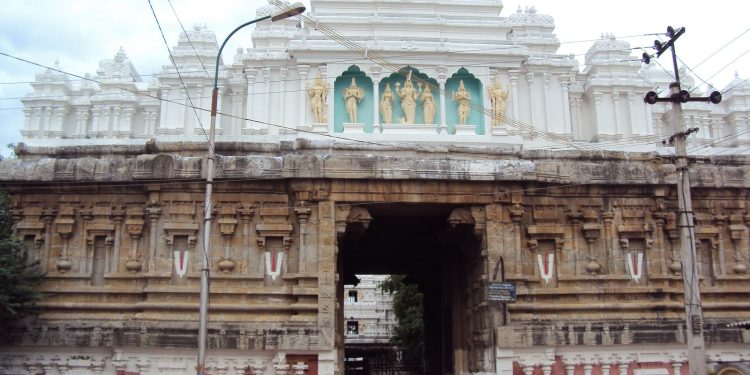

Discussion about this post